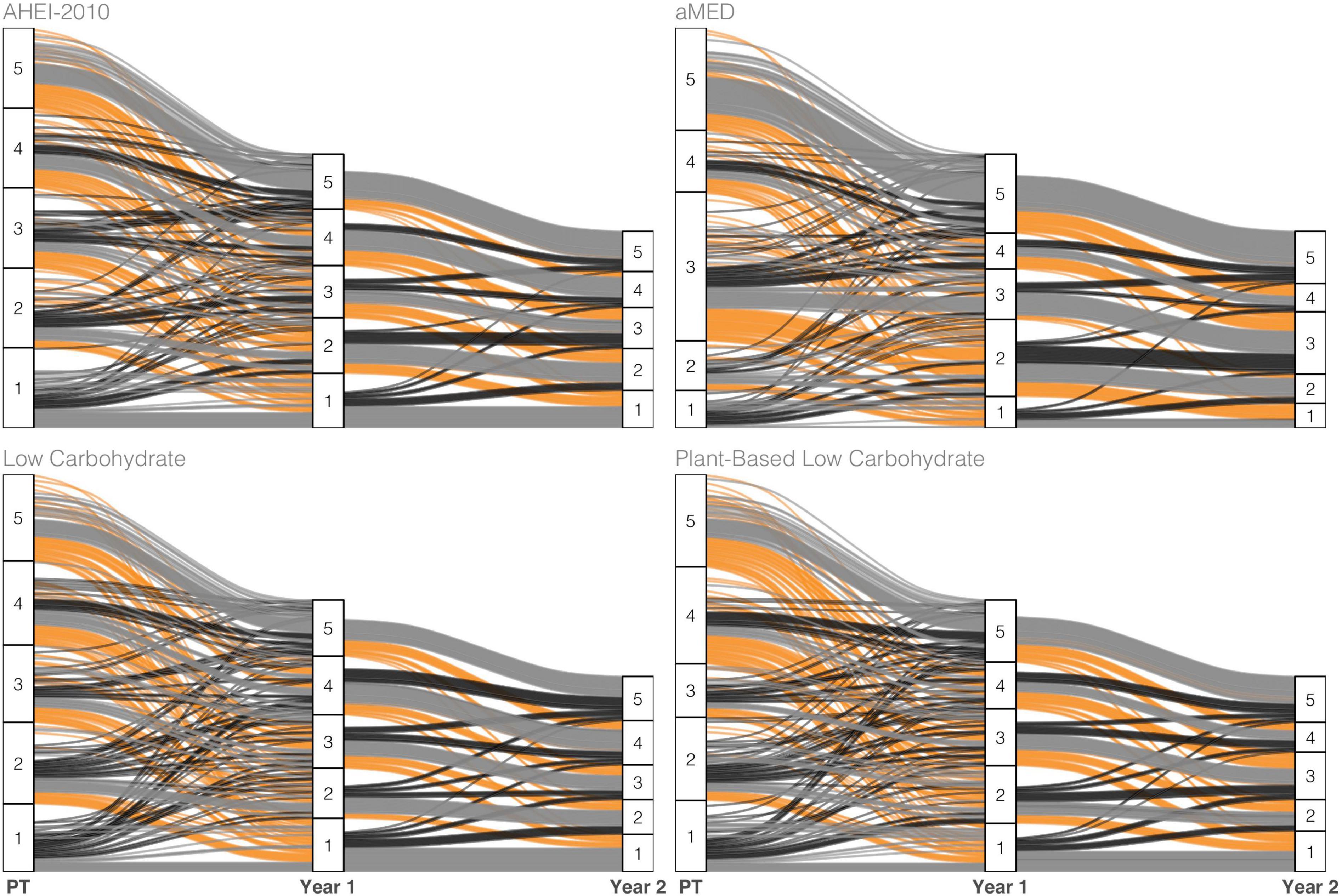2022-07-27 イリノイ大学アーバナ・シャンペーン校
最高の生存率を示した患者の食習慣は、病気と闘う特性に基づいて食品を評価する食事の質の指標であるAlternative Healthy Eating Index-2010と一致していた。この計画が慢性疾患のリスク低下と関連している。
<関連情報>
- https://news.illinois.edu/view/6367/102882997
- https://www.frontiersin.org/articles/10.3389/fnut.2022.791141
頭頸部がん生存者における疾患初期経過を通じた事前に定義された食事の質指標の順守は生存と関連する。限界構造モデルによる応用例
Adherence to a priori-Defined Diet Quality Indices Throughout the Early Disease Course Is Associated With Survival in Head and Neck Cancer Survivors: An Application Involving Marginal Structural Models
Christian A. Maino Vieytes, Sandra L. Rodriguez-Zas, Zeynep Madak-Erdogan, Rebecca L. Smith, Katie R. Zarins, Gregory T. Wolf, Laura S. Rozek, Alison M. Mondul and Anna E. Arthur
Frontiers Nutrition Published.: 25 April 2022
DOI:https://doi.org/10.3389/fnut.2022.791141

No studies, to date, have scrutinized the role of a priori dietary patterns on prognosis following a head and neck squamous cell carcinoma (HNSCC) diagnosis. The purpose of this analysis was to evaluate the associations between adherence to six a priori defined diet quality indices (including AHEI-2010, aMED, DASH, and three low-carbohydrate indices) throughout the first 3 years of observation and all-cause and cancer-specific mortalities in 468 newly diagnosed HNSCC patients from the University of Michigan Head and Neck Specialized Program of Research Excellence (UM-SPORE). The dietary intake data were measured using a food frequency questionnaire administered at three annual time points commencing at study entry. Deaths and their causes were documented throughout the study using various data sources. Marginal structural Cox proportional hazards models were used to evaluate the role of diet quality, as a time-varying covariate, on mortality. There were 93 deaths from all causes and 74 cancer-related deaths adjudicated throughout the observation period. There was a strong inverse association between adherence to the AHEI-2010, all-cause mortality (HRQ5–Q1:0.07, 95% CI:0.01–0.43, ptrend:0.04), and cancer-specific mortality (HRQ5–Q1:0.15, 95% CI:0.02–1.07, ptrend:0.04). Other more modest associations were noted for the low-carbohydrate indices. In sum, higher adherence to the AHEI-2010 and a plant-based low-carbohydrate index throughout the first 3 years since diagnosis may bolster survival and prognosis in newly diagnosed patients with HNSCC.


